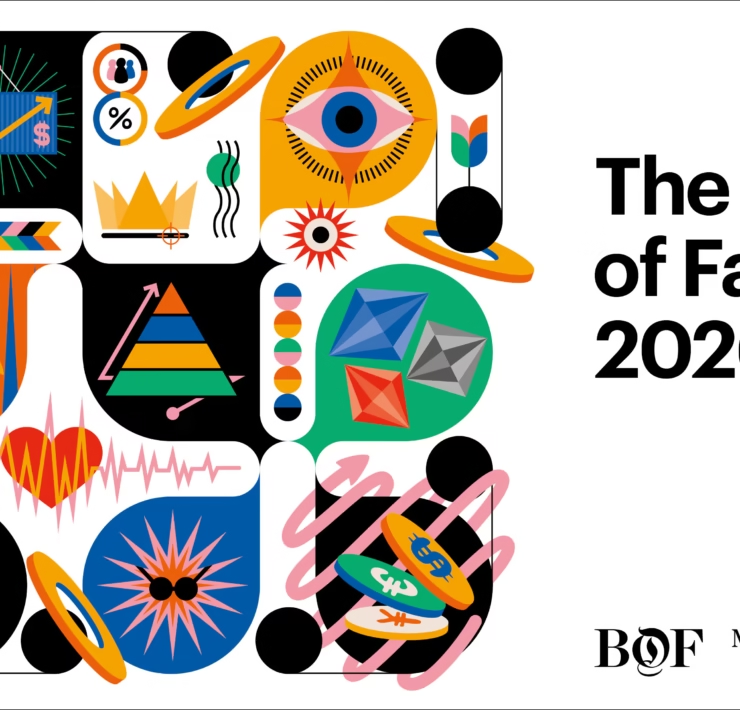The Global Luxury Tipping Point (July 2025): Cyclical Decline or Structural Shift?

Pablo Gutiérrez-Ravé Villalón
president LUXONOMY™ Group
July 2025 has marked a turning point for the global luxury industry. Financial results from major players like LVMH reveal widespread stagnation—especially in fashion and leather goods (−9 % YoY)—while projections suggest a possible contraction of up to 5 % by year-end.
This report explores whether this downturn is a temporary correction—driven by macroeconomic pressures—or a deeper, generational shift in how consumers define and desire luxury. It also examines the rise of local brands in Asia, the resilience of high jewellery, and the redefinition of luxury values beyond logos.

Subscribe to continue reading
Become a paid subscriber to get access to the rest of this post and other exclusive content.

















